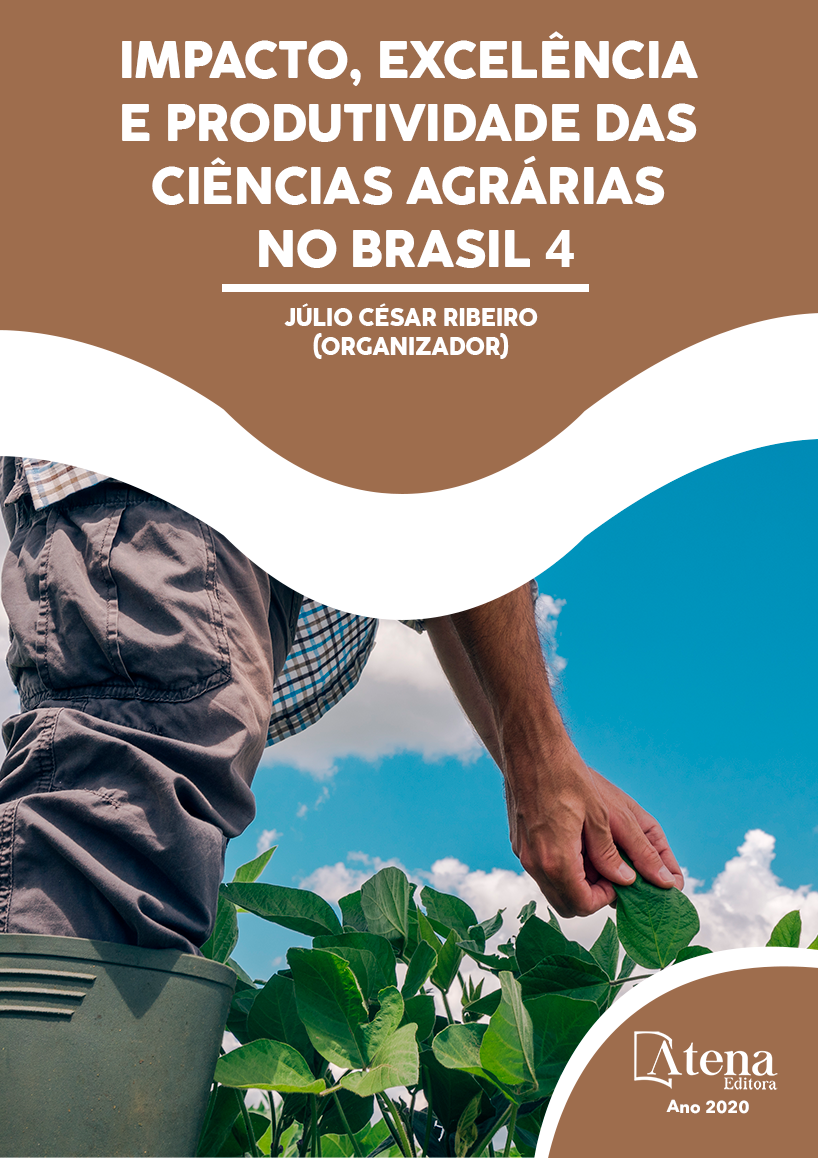
EFEITO DA ADUBAÇÃO ALTERNATIVA COM FARINHA DE OSSOS E CARNE COMO FONTE DE FÓSFORO NA PRODUÇÃO DE MUDAS DE TOMATEIRO
O enriquecimento do substrato usado para produção de mudas de tomate (Solanum lycopersicum L.) é uma das formas de se obter mudas de melhor qualidade e a utilização da farinha de ossos e carne é uma alternativa à adubação mineral fosfatada tradicional. Objetivou-se avaliar o efeito da adubação alternativa com farinha de ossos e carne como fonte de fósforo no desempenho de mudas de tomateiro. Mudas da cultivar Santa Cruz Kada foram implantadas em bandejas de isopor preenchidas com o substrato comercial Bioplant®, em um delineamento em blocos casualizados, com seis tratamentos e quatro repetições. Os tratamentos foram 0; 5; 10; 15; 20 kg.m-3 de farinha de ossos e carne no substrato e um tratamento com adubação tradicional (12,5 kg.m-3 de superfosfato simples). Houve redução da altura da parte aérea, diâmetro do coleto, massas secas da parte aérea, de raiz e total e índice de qualidade de Dickson com o aumento dos teores de farinha de ossos e carne no substrato. Os tratamentos com substrato sem adubação e com 5 kg de farinha de ossos e carne por m3 de substrato apresentaram os melhores resultados no desenvolvimento de mudas de tomateiro em bandeja.
EFEITO DA ADUBAÇÃO ALTERNATIVA COM FARINHA DE OSSOS E CARNE COMO FONTE DE FÓSFORO NA PRODUÇÃO DE MUDAS DE TOMATEIRO
-
DOI: 10.22533/at.ed.5372021054
-
Palavras-chave: Solanum lycopersicum. Qualidade de mudas. Resíduo animal. Adubo orgânico
-
Keywords: Solanum lycopersicum. Quality of seedlings. Animal waste. Organic fertilizer.
-
Abstract:
The enrichment of the substrate used to produce tomato seedlings (Solanum lycopersicum L.) is one of the ways to obtain better quality seedlings and utilization of bone meal and meat is an alternative to the tradicional phosphate mineral fertilization. The objective of this study was to evaluate the effect of alternative fertilization with bone meal and meat as a source of phosphorus on the performance of tomato plants. Seedlings of the cultivar Santa Cruz Kada were implanted in styrofoam trays filled with the commercial substrate Bioplant®, using a randomized block design, with six treatments and four replications. The treatments were 0, 5, 10, 15, 20 kg.m-3 of bone meal and meat in the substrate and a treatment with traditional fertilization (12,5 kg.m-3 of single superphosphate). There was a reduction on the shoot height, shoot diameter, dry shoot, root and total mass and Dickson quality index with the increase of the contents of bone meal and meat in the substrate. The treatments with substrate without fertilization and with 5 kg of bone meal and meat per m3 of substrate presented the best results in the development of tomato seedlings in tray.
-
Número de páginas: 11
- Alvaro Hoffmann
- Leandro Glaydson da Rocha Pinho
- Mércia Regina Pereira de Figueiredo
- Luciene Lignani Bittencourt


